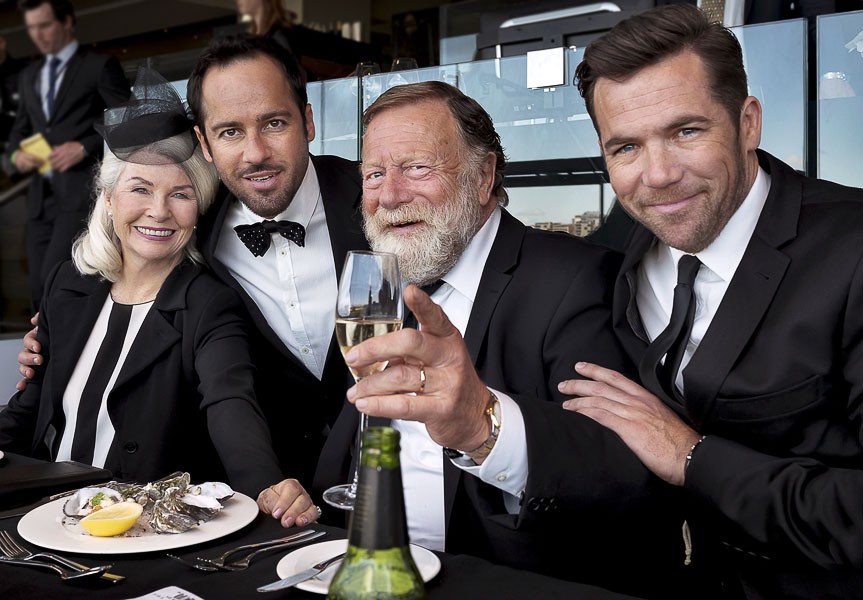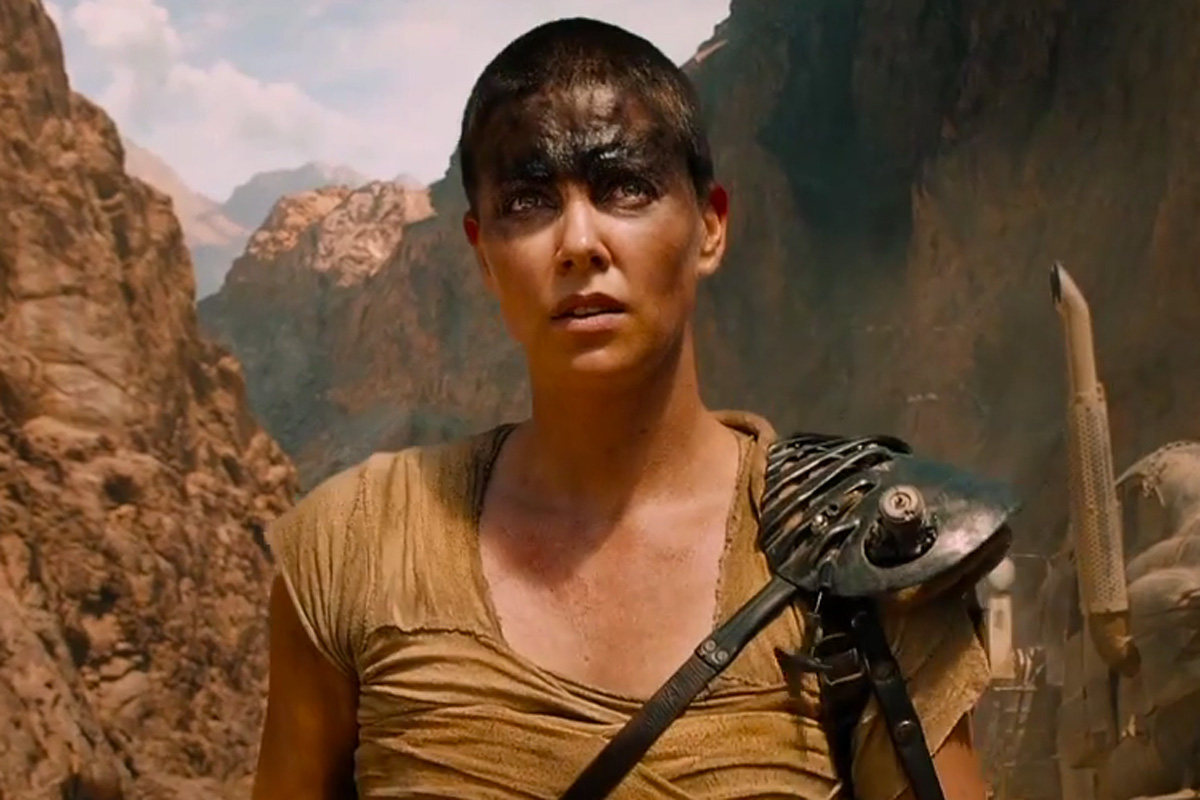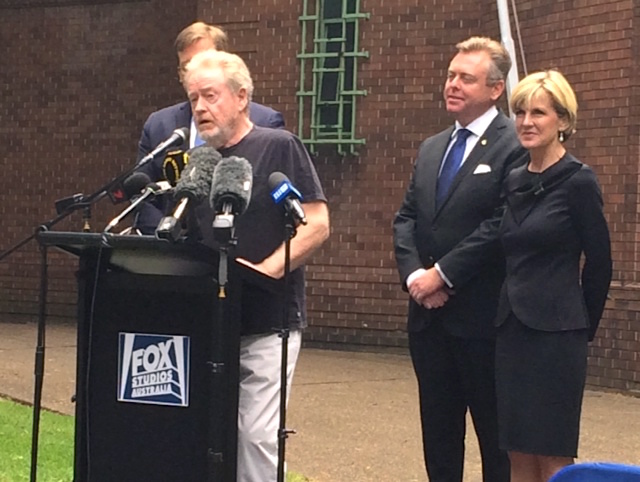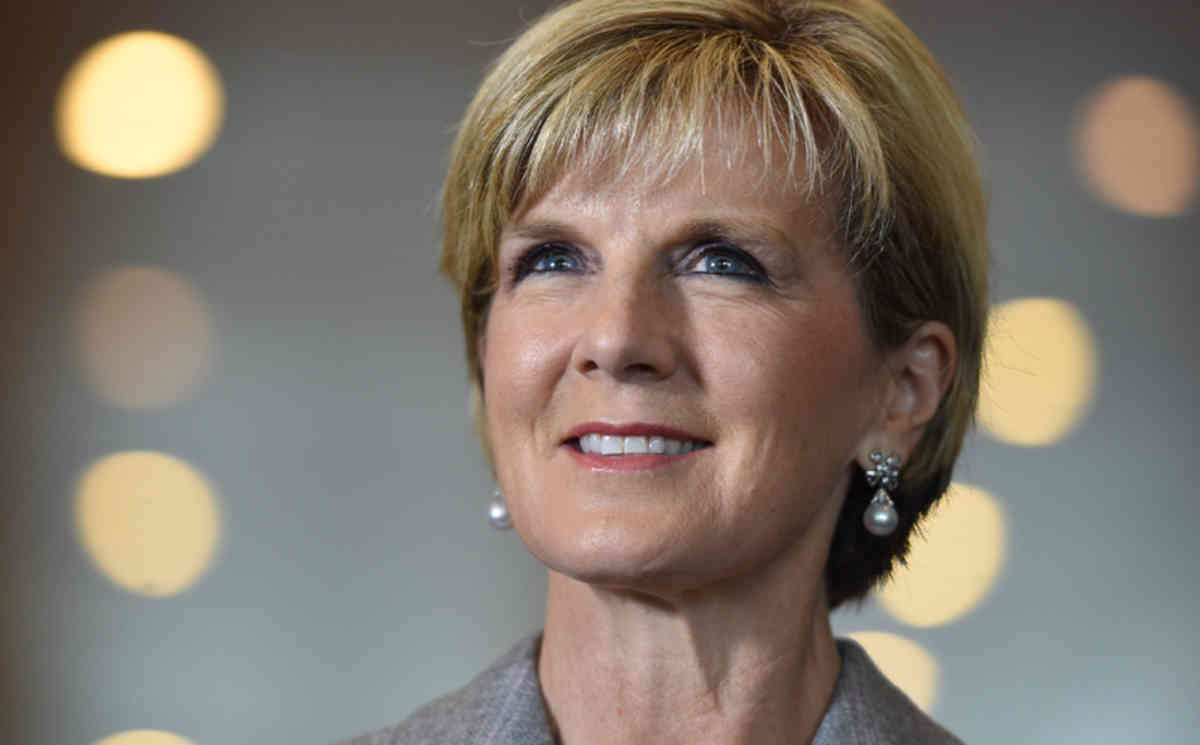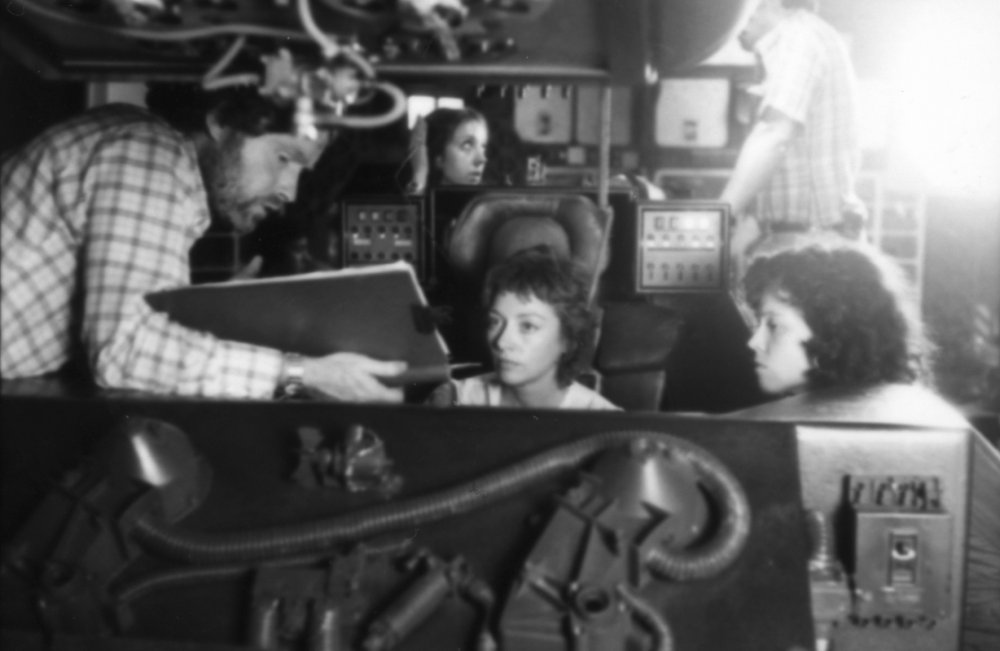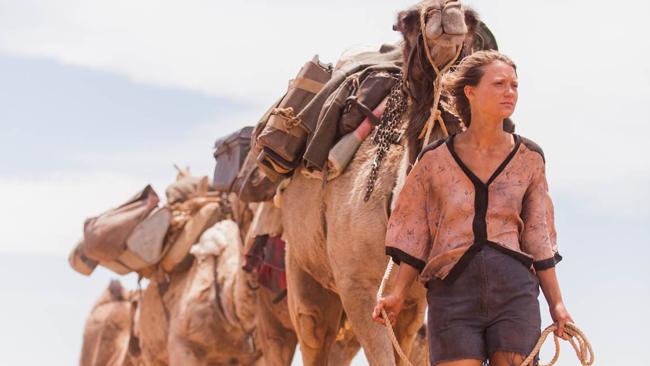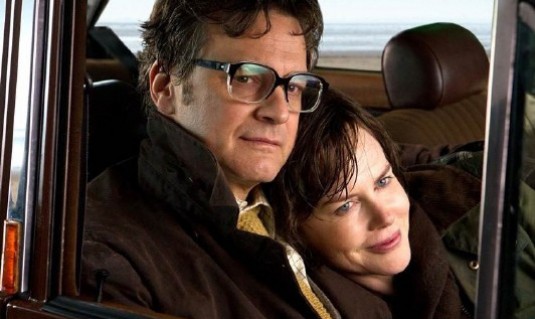SUNTANNED CINEPHILES SET TO FEAST ON GOLD COAST FILM FEST.
 Sunday, April 16, 2017 at 4:11PM
Sunday, April 16, 2017 at 4:11PM Its very mention once conjured images of a hedonistic mecca peopled by meter maids and partying teens, but Queensland’s Gold Coast tourist strip has more recently re-emerged as a film lover’s paradise. Central to this cultural growth is Festival Director Lucy Fisher and her team at the Gold Coast Film Festival (GCFF), who celebrate 15 years as the region’s premiere movie-going event, a crucial conduit between local and international filmmakers and the Sunshine State’s cinephiles…

“2017 is about a shift in a new direction,” says Fisher, who has worked our interview into a frantic schedule ahead of the April 19 launch of the 2017 event. “It is about bringing films to life in a distinctly Gold Coast way for local and visiting audiences and to help grow and support Queensland’s screen industry.” From humble beginnings in 2002 when it launched as a genre-based fan event, the scale of this year’s 12-day celebration now reflects both the vast, stunning geography of Australia’s north-east and the richness of its film culture.
 “The festival has really found its feet in the last three years,” says Fisher (pictured, left). “For general cinemagoers, we play a social role, affording them a chance to meet and bond over shared film experiences, discovering new films or films that would normally only release in Sydney and Melbourne.” Kicking off with the New Zealand hit comedy Pork Pie from director Matt Murphy, patrons with a penchant for global cinema are spoilt for choice with works from Finland (Juho Kuosmanen’s Cannes sensation The Happiest Day in the Life of Olli Maki), The U.K. (Terence Davies’ A Quiet Passion; Jason Connery’s Tommy’s Honour); The U.S.A. (Maggie Greenwald’s Sophie and The Rising Sun; James Ponsoldt’s The Circle); Egypt (Mohamed Diab’s Clash); Indonesia (Kimo Stamboel and Timo Tjahjanto’s Headshot); Chile (Pablo Larrain’s Neruda); France (Rebecca Zlotowski’s Planetarium); and, Kenya (Mbithi Masaya’a Kati Kati).
“The festival has really found its feet in the last three years,” says Fisher (pictured, left). “For general cinemagoers, we play a social role, affording them a chance to meet and bond over shared film experiences, discovering new films or films that would normally only release in Sydney and Melbourne.” Kicking off with the New Zealand hit comedy Pork Pie from director Matt Murphy, patrons with a penchant for global cinema are spoilt for choice with works from Finland (Juho Kuosmanen’s Cannes sensation The Happiest Day in the Life of Olli Maki), The U.K. (Terence Davies’ A Quiet Passion; Jason Connery’s Tommy’s Honour); The U.S.A. (Maggie Greenwald’s Sophie and The Rising Sun; James Ponsoldt’s The Circle); Egypt (Mohamed Diab’s Clash); Indonesia (Kimo Stamboel and Timo Tjahjanto’s Headshot); Chile (Pablo Larrain’s Neruda); France (Rebecca Zlotowski’s Planetarium); and, Kenya (Mbithi Masaya’a Kati Kati).
The Festival’s major sponsor is the state’s funding and production overseer Screen Queensland who, under the energised stewardship of CEO Tracey Vieira, has seen the region attract big-ticket productions like Kong Skull Island, Thor Ragnarok, The Shallows, San Andreas and Pirates of the Caribbean: Dead Men Tell No Tales. In an inspired piece of off-site programming, the GCFF is offering a 3-hour bus tour of these locations, with accompanying AV content to enhance the experience.
The Screen Queensland collaboration and the role it plays in fostering talent and production activity is taken very seriously by Fisher, who states, “For the local industry, we develop future film professionals through screen culture and screen education, (including) dedicated screenings, career forums and workshops for high-school students. For film industry audiences, we provide professional development through Q&As, panels and workshops.” In 2017, these events come under the ‘ReelLife’ banner and include sessions on film criticism, chaired by FilmInk editor Dov Kornits; the intricacies of film production, hosted by industry veterans Sue Maslin and Jan Chapman; understanding the audition process with actress Claudia Karvan; sound design and composition with Oscar winner David White; and, working with animals on-screen, chaired by director Simon Wincer (Phar Lap; Free Willy).
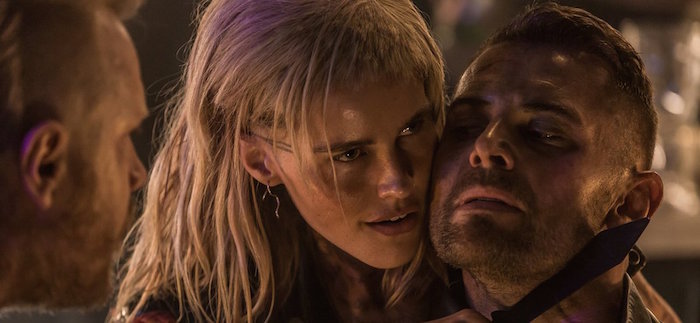
Australian productions in the 2017 programme include four World Premieres – Dee McLachlan’s supernatural thriller Out of The Shadows; Josh Hale’s gamer mockumentary Digital Athletes: The Road to Seat League; Jude Kalman’s uplifting documentary Uncontained Love: Love > Fear; and, Enzo Tedeschi’s gripping socio-political thriller, Event Zero, which will close the festival on April 30. Other local filmmakers represented include James Bogle, with his bio-doc Whitely; Douglas Watkin and his indigenous ballet doco Ella; Michael Jones, with Lazybones; Romi Trower, presenting her debut What If It Works?, with Luke Ford; Shane Abbess, with his sci-fi spectacle Science Fiction Vol 1: The Osiris Child (pictured, above; stars Isabel Lucas and Daniel McPherson); and, Gerald Rascionato, whose shark-attack found-footage thriller Cage Dive should play well to the beachgoing locals.
Fisher is fully aware of the importance of a placement in a festival line-up can represent to the young filmmakers of Australia. “We seek out Australian films that haven’t had any screen agency funding. These are the go-getters, the hustlers, the deal-makers,” she says. “To make a film on a credit card budget or find funding for a couple of hundred grand is incredible. The discovery and support of independent filmmaking talent is one of our distinctive points of difference.”
Perhaps the most crucial point of difference is Lucy Fisher’s commitment to gender equality in her festival’s programming. Her selections are all rated utilising the Bechdel Test, an industry standard that determines a film’s gender bias based upon a) whether it has at least two women characters, who b) talk to each other about c) something other than a man. Says Fisher, “We rated all films by the Bechdel Test first in 2016 and have again in 2017 to highlight how women are being written for screen.” Her determination to strengthen the profile of women in the film industry also extends to the festival podiums. “The bigger, older film festivals still won’t even register that they might have an event that has a man introducing a man guest, moderated by a man, thanked by a man,” she states. “We commit to at least 50% women speakers, which sounds deceptively simple. But when Australia produces only 23% of films with women writers and 16% with women directors, that’s something we have to deliberately consider in our speaker and programming choices.”
Fittingly, the recipient of the 2017 GCFF Chauvel Award for career achievement and artistic integrity is actress Deborah Mailman, who will participate in an extensive interview with past winner David Stratton at the event’s host venue, The Arts Centre Gold Coast.
The Gold Coast Film Festival runs April 19-30. Ticket and session information is available at the official website here.
 Australian Film,
Australian Film,  Bechdel Test,
Bechdel Test,  Film Festival,
Film Festival,  Gold Coast
Gold Coast 